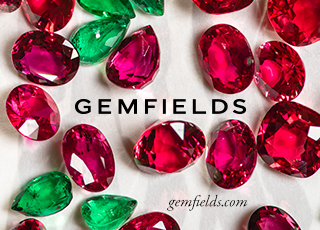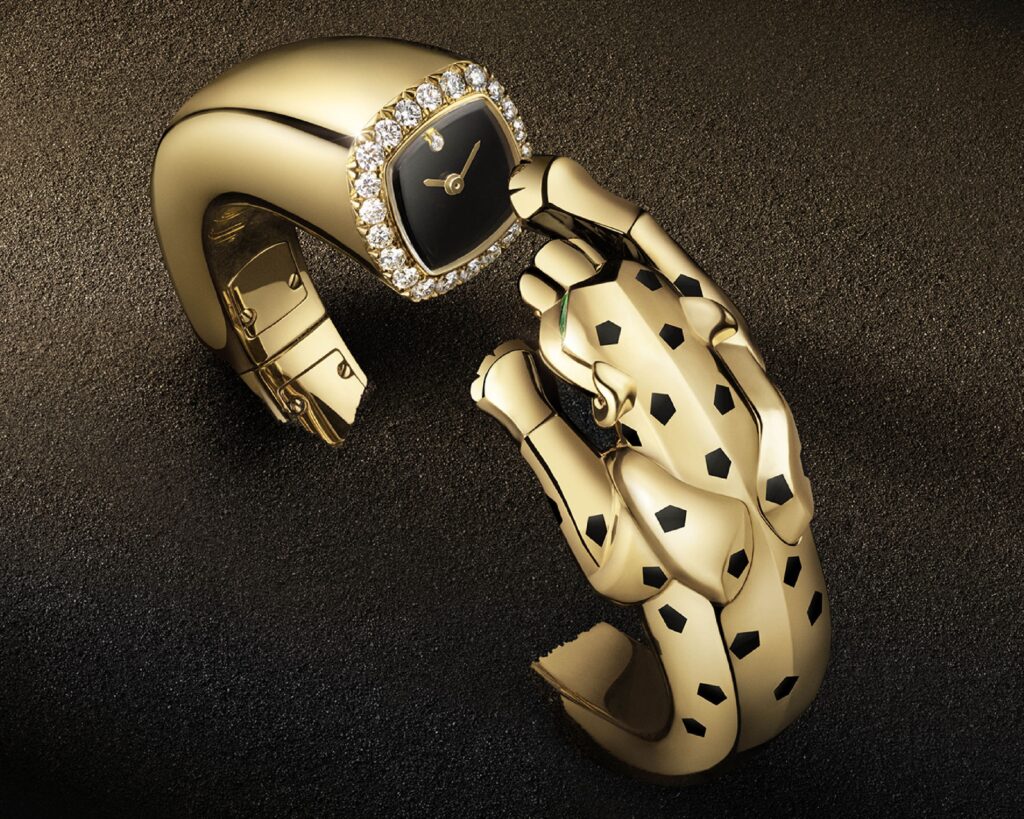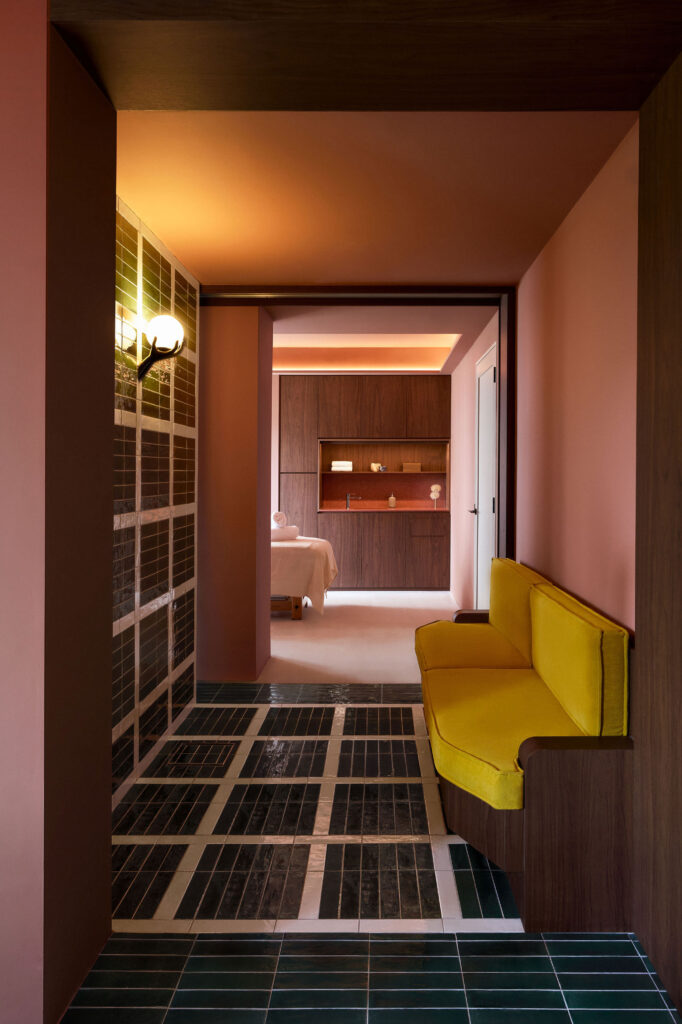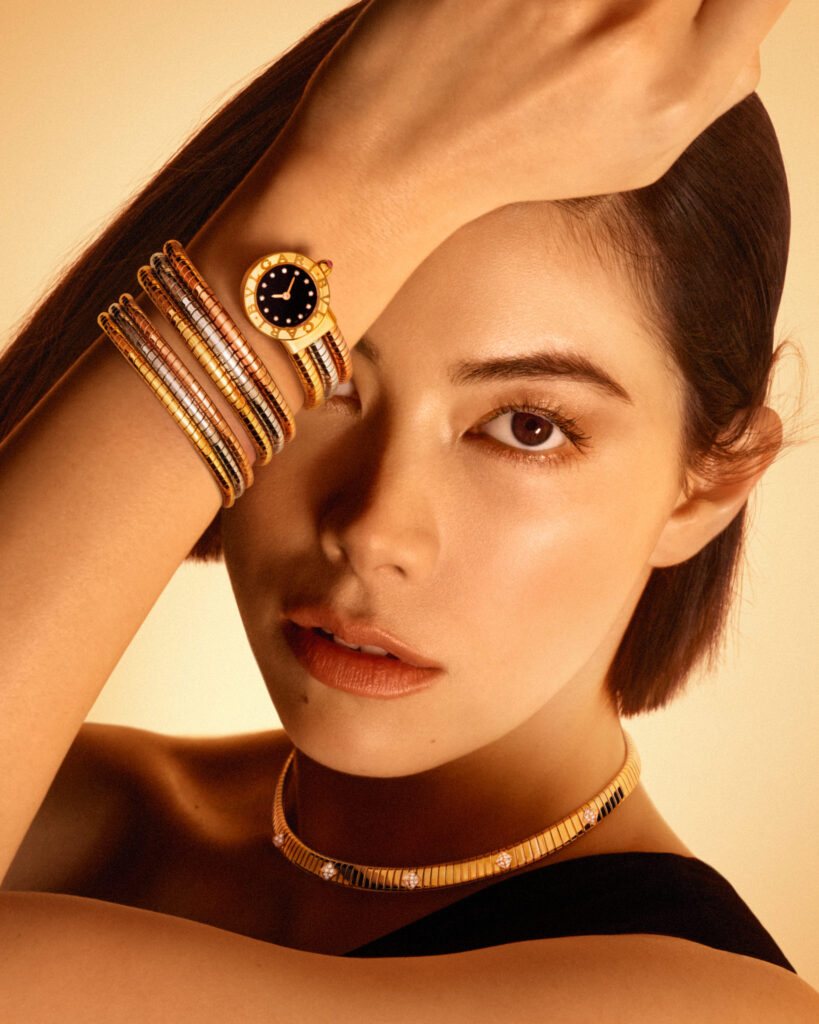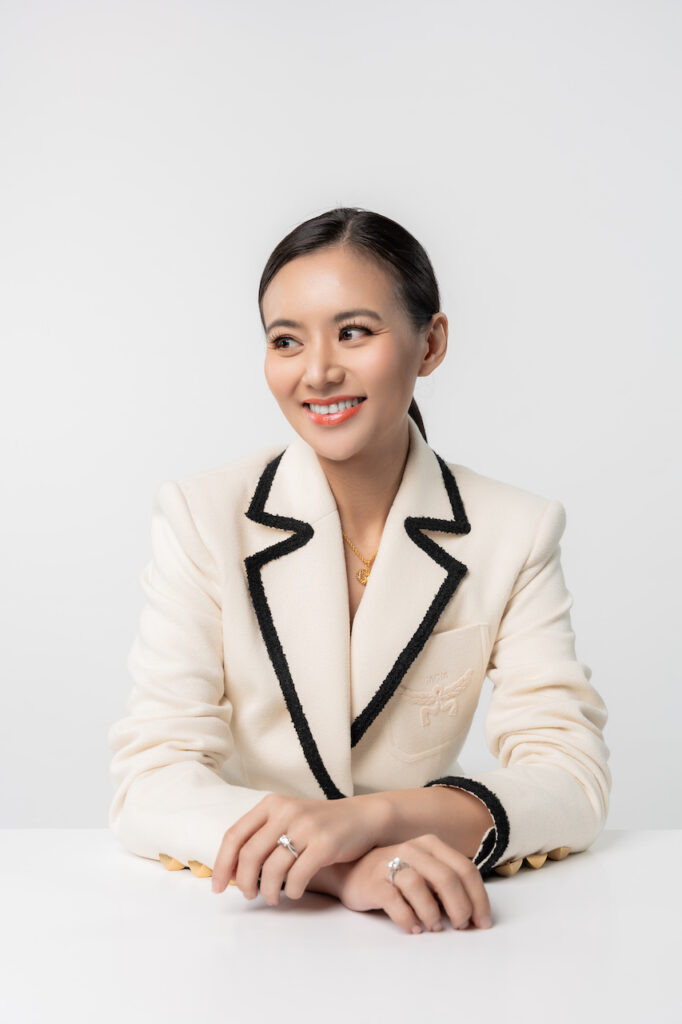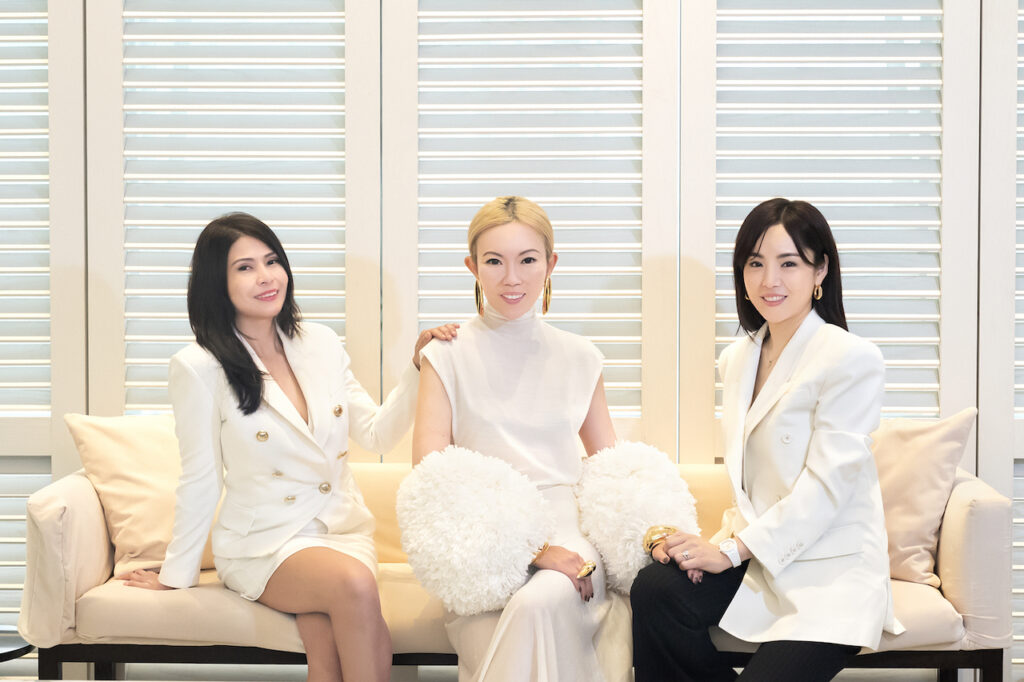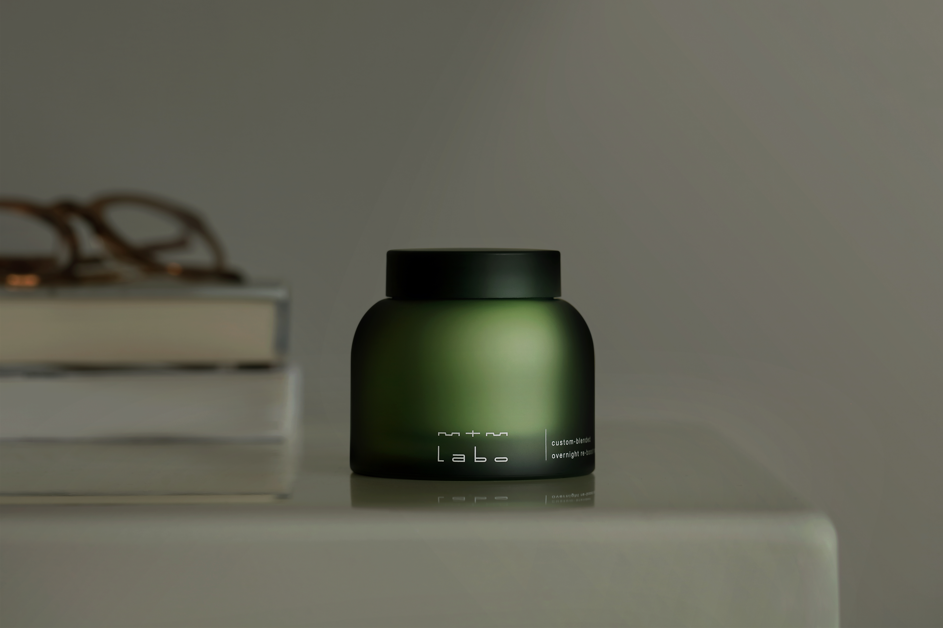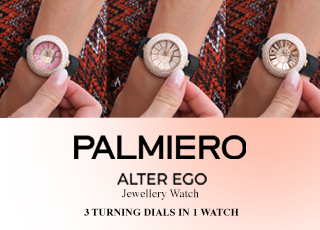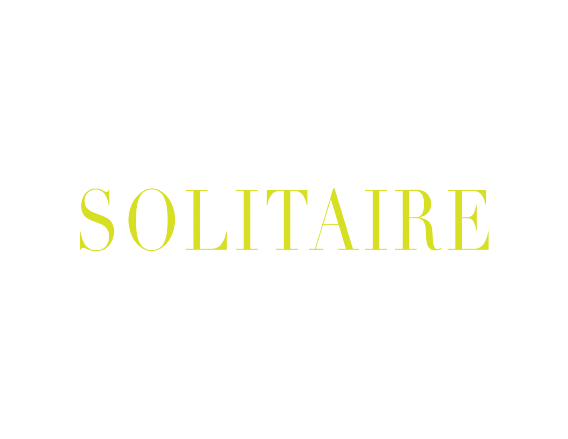A celebrated icon of jewellery insiders, but unknown to most, Suzanne Vuillerme Belperron (1900-1983) is one of the 20th century’s most influential jewellery designers. A master at her craft, Belperron never achieved the renown of some of her male contemporaries, such as Louis Comfort Tiffany or Fulco di Verdura. Luminaries such as Doris Duke, Diana Vreeland, the Duke and Duchess of Windsor, and film stars including Lauren Bacall and Catherine Deneuve collected her jewellery, yet she remained relatively unknown.

Belperron never signed her work, declaring she never had to: “My style is my signature”. True to her word, her style is distinctive.
At a time when Art Deco was all the rage, she devised her own aesthetic — jewellery that defined modernity. Her creations are bold, and not what one would expect from someone born in Saint-Claude, a small town in the French countryside. From there, her family moved to Besançon, where she graduated from the Besançon School of Music and Fine Arts. She married Jean Belperron, an engineer, and the young couple headed to Paris, where they rented an apartment in Monmartre — the domain of avant garde atists.

In 1921, Maison René Boivin hired her as a draftswoman. She progressed rapidly. Within a decade, she became co-director of the firm with René’s widow Jeanne Boivin, and shone as the company’s sole designer. Prominence came when in 1928, Vogue and Paris Vogue magazines showed four of her designs. As was their practice, however, they credited the jewellery to Maison René Boivin, not Belperron.
Nevertheless, industry insiders were taking notice. In 1932, Parisian stone dealer Bernard Herz proposed that she design exclusively for atelier B. Herz and would receive recognition for her work. She accepted, and the following year, Vogue featured celebrity couturier Elsa Schiaparelli wearing jewellery designed by Madame Belperron. The accompanying text proclaimed that the year 1933 marked a revival in the art of jewellry, and in 1934, her jewellery started to appear on magazine covers.


Belperron created wearable sculptures, mining many exotic cultures for ideas. India, South America, China, Egypt, Africa, and other places inspired her. Nature suggested organic forms and abstract shapes. Her use of colour was original, combining coloured stones in sometimes bold, sometimes subtle ways. Her talent laid in combining precious and mundane materials for high jewellery. Today, consumers appreciate the value of sophisticated design, but for wealthy patrons in the 30s, jewellery was a status symbol. Until Belperron, they demanded costly components — gold, pearls, diamonds, and other expensive stones.
She was as daring and bold in her personal life as she was with her art. During World War II, when the Germans occupied Paris, soldiers stormed into B. Herz. The shop had a Jewish name, so Suzanne and Bernard were taken prisoners. Bernard was sent to Auschwitz and did not survive the war. Through the efforts of their elite clientele though, Suzanne was released, and friends tried to persuade her to leave France. She would not, instead purchased B. Herz and — upon changing its name to Suzanne Belperron SARL — continued working. For her contributions with the French Resistance, she was named a Knight of the Légion d’Honneur.

After the war, Bernard Herz’s son, Jean, a soldier who had been captured at the front and imprisoned as a POW for five years, returned to Paris. Suzanne and he formed a partnership, renaming the firm Jean Herz-Suzanne Belperron. They worked together until 1974 when they closed the business and retired. Belperron died in Paris in 1983, and despite her great influence on 20th century jewellery, her work remains relatively obscure. When the Duchess of Windsor’s jewellery was sold at auction in 1987, only five of the 16 Belperron pieces were identified.

However, more than 30 years after her death, Madame Belperron is being celebrated. Earlier this year, the definitive biography of her life was published. Jewelry by Suzanne Belperron, My Style is My Signature, written by Patricia Corbett with Ward Landrigan and Nico Landrigan, is lavishly illustrated. It includes her earliest designs as well as 9,200 gouache paintings and tracings from her archives, nearly all previously unpublished, along with photographs, personal documents, and a catalogue of jewellery from private collections.

Her vintage jewellery, as well as newer pieces based on the illustrations in her archives, are now available at a new Belperron salon on New York’s Fifth Avenue. The shop captures the aesthetic of a 1932 Paris apartment. Architect Daniel Romualdez says: “I wanted to create an environment that spoke to the elegance and glamour, evoking the intimate and private world of Suzanne Belperron…”
True style, it seems, never fades away.
All images courtesy of Belperron
Originally published in Solitaire Magazine, The Diamond Edition 2016.


